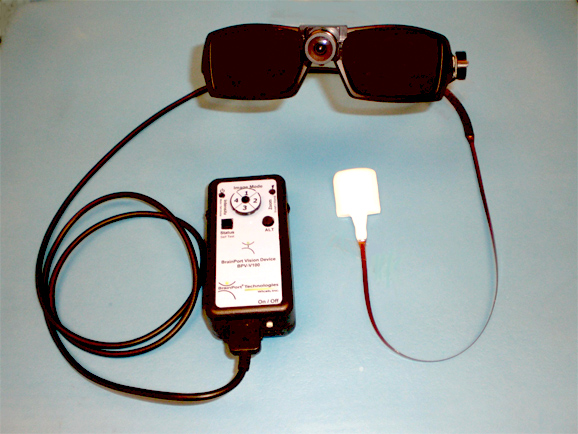
I wrote about synesthesia here before, where some people have senses and experiences neurologically intertwined (days of the week induce a colour vision, musical chords each have a specific taste and flavour). This project, reminiscent of the Northern Exposure episode where Chris designs a machine to help him live out lucid dreams seems very ambitious, but also a very cool first step.
http://www.good.is/post/digital-synesthesia/
This is a really great article (stuff on good.is is generally pretty interest.. ). The idea that everything is programmable is certainly not new... I mean, we program our minds and thoughts based on inputs everyday. Moreover, this programming (and reprogramming) can be specifically controlled and manipulated.
"For example, there are the “Flavor Tripping” parties fueled by Synsepalum dulcificum, aka “Miracle Fuit,” the West African berry that temporarily reprograms your taste buds to make anything sour or bitter taste perfectly sweet. And there’s the story of Daniel Kish, the blind psychologist who, by clicking his tongue, uses echolocation to “see.” In the realm of digital synesthesia, numerous projects are attempting to leverage tactile feedback in the form of clothing outfitted with tiny vibrators. Instead of picking up your phone to read a text message, you might feel the words spelled on your back.
The late Paul Bach-y-Rita could be considered the father of all technology used to reprogram the human senses. In 1963, Bach-y-Rita developed a “Tactile to Visual Sensory Substitution” device. It converted images from a camera to tactile sensations that a blind person could feel on his or her back. Bach-y-Rita’s research was all based on the notion of “sensory substitution.” The brain, he argued, was not hardwired and that a working sense, say touch, could be used to replace a failing one, e.g. vision. His ideas around the plasticity of the human brain were very controversial at the time but widely accepted today. He continued his research on sensory substitution technology at the University of Wisconsin-Madison, and his company Wicab, until his death in 2007.
“I can connect anything to anything,” Bach-y-Rita said in a profile in The Telegraph shortly before his death:
We see with our brains, not with our eyes. When a blind man uses a cane he sweeps it back and forth, and has only one point, the tip, feeding him information through the skin receptors in the hand. Yet this sweeping allows him to sort out where the doorjamb is, or the chair, or distinguish a foot when he hits it, because it will give a little. Then he uses this information to guide himself to the chair to sit down. Though his hand sensors are where he gets the information and where the cane “interfaces” with him, what he perceives is not the cane’s pressure on his hand but the layout of the room: chairs, walls, feet, the three-dimensional space. The receptor surface in the hand becomes merely a relay for information, a data port.
In the latest incarnation of Bach-y-Rita’s work, the data port is the tongue...."


